
NASA’s Commercial Crew Program and commercial partners, Boeing and SpaceX, made significant strides in 2017 to return human spaceflight to the United States. Each company continued to develop and test unique space systems to fly astronauts for the agency to and from the International Space Station. Both companies are targeting flight tests in 2018.
Here’s the 2017 year in review:
Crew Rotation Missions Secured
NASA’s Commercial Crew Program started the year by securing an additional four crew rotation missions from Boeing and SpaceX. The missions will carry astronauts to and from the International Space Station through 2024. The four additional missions fall under the Commercial Crew Transportation Capability contracts and bring the total number of crew rotation missions awarded to each provider to six. The missions will fly following NASA certification.
To meet NASA’s requirements, the commercial providers must demonstrate that their systems are ready to begin regular flights to the space station. Two of those demonstrations are uncrewed flight tests, known as Orbital Flight Test for Boeing, and Demonstration Mission 1 for SpaceX. After the uncrewed flight tests, each company will carry out a flight test with crew prior to being certified by NASA for crew rotation missions.
The Crew
NASA’s four astronauts training to fly the test flights on Boeing’s Starliner and SpaceX’s Crew Dragon spent time evaluating both providers’ progress during 2017. The astronauts are learning about the systems, being fitted for spacesuits and readying for flight tests to and from the International Space Station.
The International Space Station
The International Space Station continued to prepare for the new commercial spacecraft to arrive. During Orbital ATK’s resupply mission to the space station in November, the cargo spacecraft maneuvered above the Harmony module prior to its release. There, it gathered data relevant to future rendezvous and docking operations for U.S. commercial crew vehicles that will be arriving for a linkup to Harmony’s international docking adapters. Other work included the space station crew installing and performing check-outs of a control panel on Harmony for the docking adapter.
Check out more progress – the full feature here:
https://www.nasa.gov/specials/CCP2017/

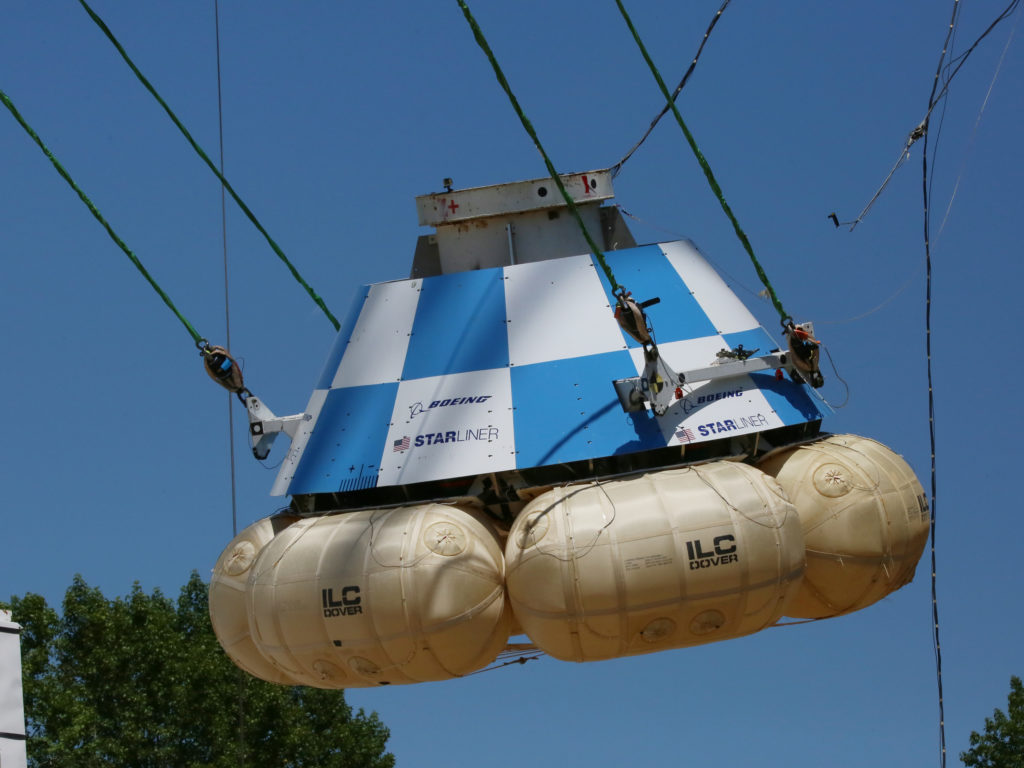
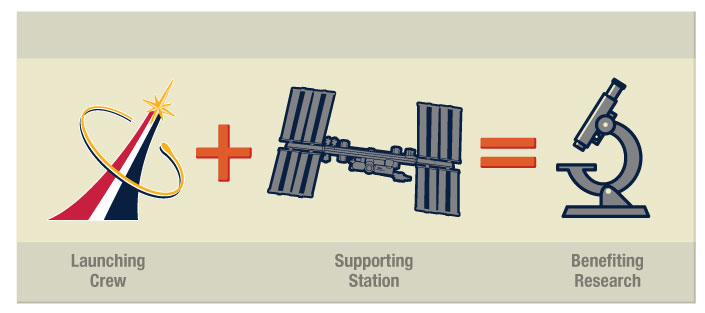

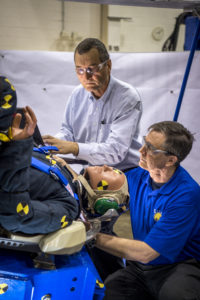

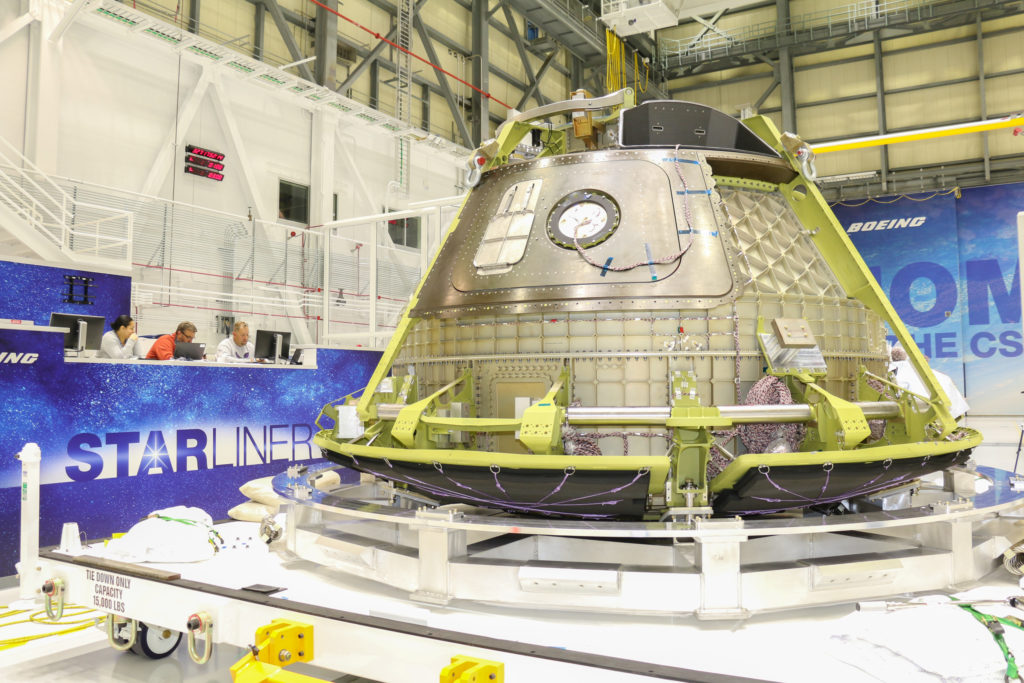
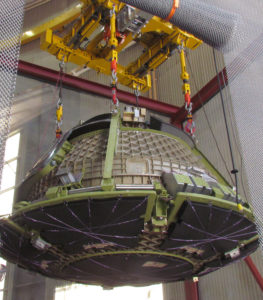 Boeing’s Starliner spacecraft will experience a variety of tremendous internal and external forces during missions to and from the International Space Station. When the Starliner launches in 2018, it won’t be the first time the spacecraft has encountered these forces. That is because Boeing built a Structural Test Article that will experience the rigors of spaceflight in a test facility in an effort to prove the design of the spacecraft. The module was built inside the company’s Commercial Crew and Cargo Processing Facility at NASA’s Kennedy Space Center in Florida (top) before it was shipped it across the country to Huntington Beach, California, for testing (right).
Boeing’s Starliner spacecraft will experience a variety of tremendous internal and external forces during missions to and from the International Space Station. When the Starliner launches in 2018, it won’t be the first time the spacecraft has encountered these forces. That is because Boeing built a Structural Test Article that will experience the rigors of spaceflight in a test facility in an effort to prove the design of the spacecraft. The module was built inside the company’s Commercial Crew and Cargo Processing Facility at NASA’s Kennedy Space Center in Florida (top) before it was shipped it across the country to Huntington Beach, California, for testing (right).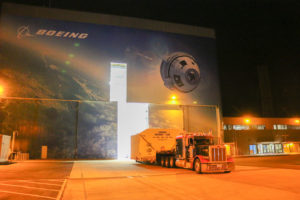 It joined test versions of the service module, the launch vehicle adapter truss structure and other hardware that make up the upper stage of the United Launch Alliance Atlas V rocket. Testing of the article began shortly after it arrived to Boeing’s Test and Evaluation facility. The first test involved pressurizing the interior of the crew module to 1.5 times the maximum pressure a Starliner spacecraft would face during ascent, orbit, re-entry and landing for missions to and from the International Space Station.
It joined test versions of the service module, the launch vehicle adapter truss structure and other hardware that make up the upper stage of the United Launch Alliance Atlas V rocket. Testing of the article began shortly after it arrived to Boeing’s Test and Evaluation facility. The first test involved pressurizing the interior of the crew module to 1.5 times the maximum pressure a Starliner spacecraft would face during ascent, orbit, re-entry and landing for missions to and from the International Space Station.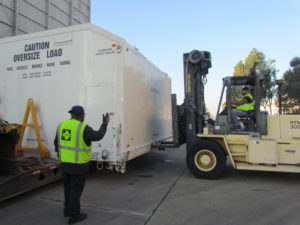 Boeing’s facilities in southern California are outfitted with numerous test chambers that routinely evaluate spacecraft and other vehicles in a variety of environments to make sure they can handle the demands of flight.
Boeing’s facilities in southern California are outfitted with numerous test chambers that routinely evaluate spacecraft and other vehicles in a variety of environments to make sure they can handle the demands of flight.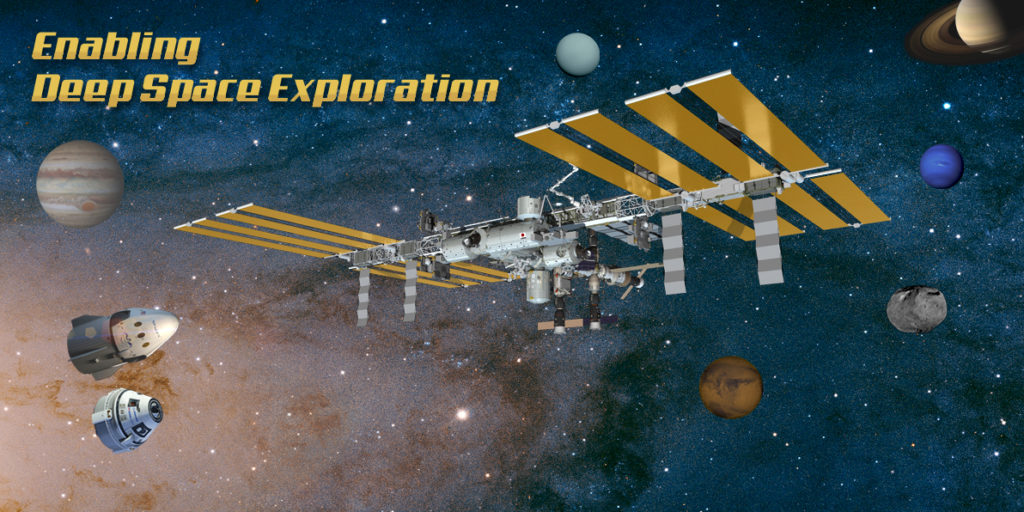
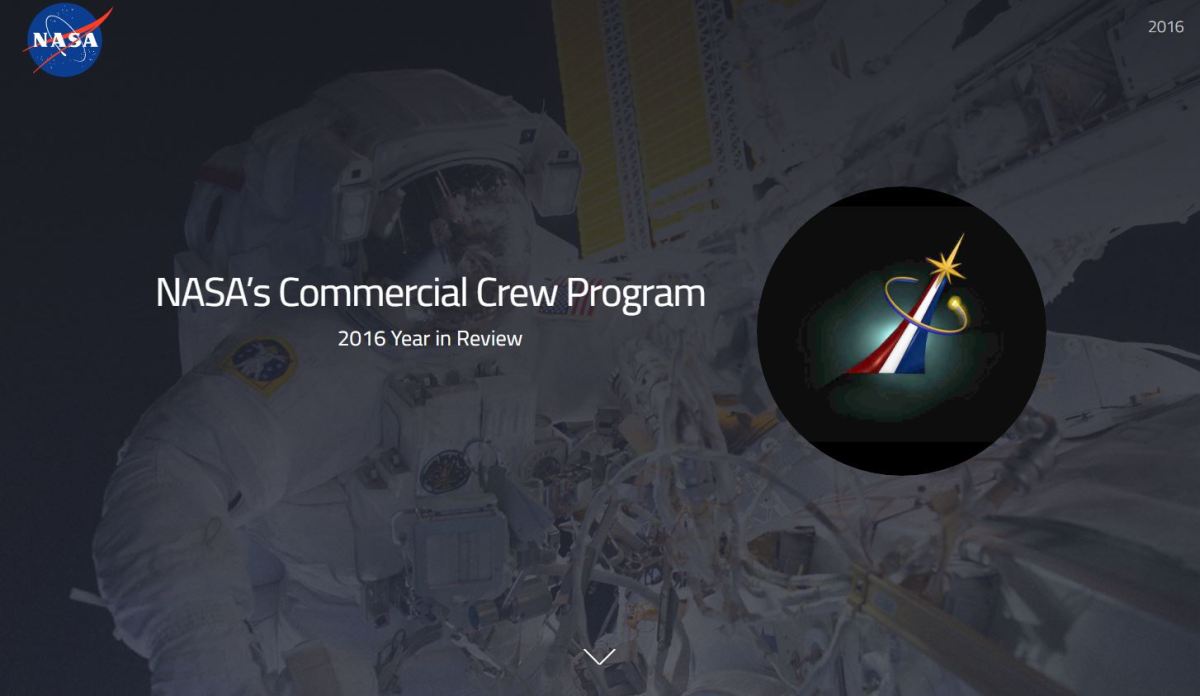
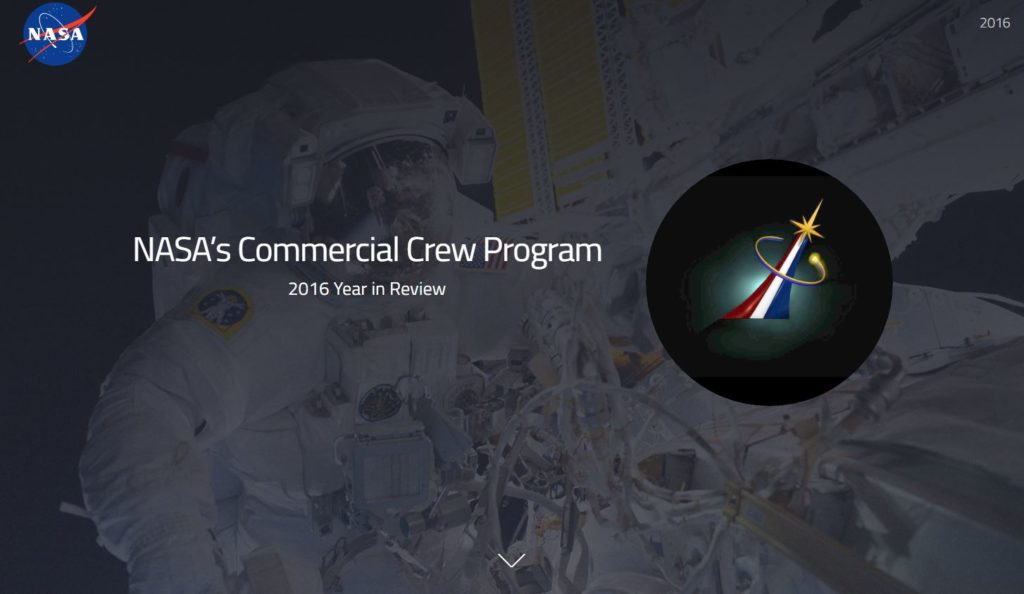

 Boeing will use solar energy to power the company’s CST-100 Starliner for crew missions to and from the International Space Station as part of NASA’s Commercial Crew Program. The sun’s energy offers a reliable and efficient power source for the Starliner just as it does for the space station and satellites.
Boeing will use solar energy to power the company’s CST-100 Starliner for crew missions to and from the International Space Station as part of NASA’s Commercial Crew Program. The sun’s energy offers a reliable and efficient power source for the Starliner just as it does for the space station and satellites.